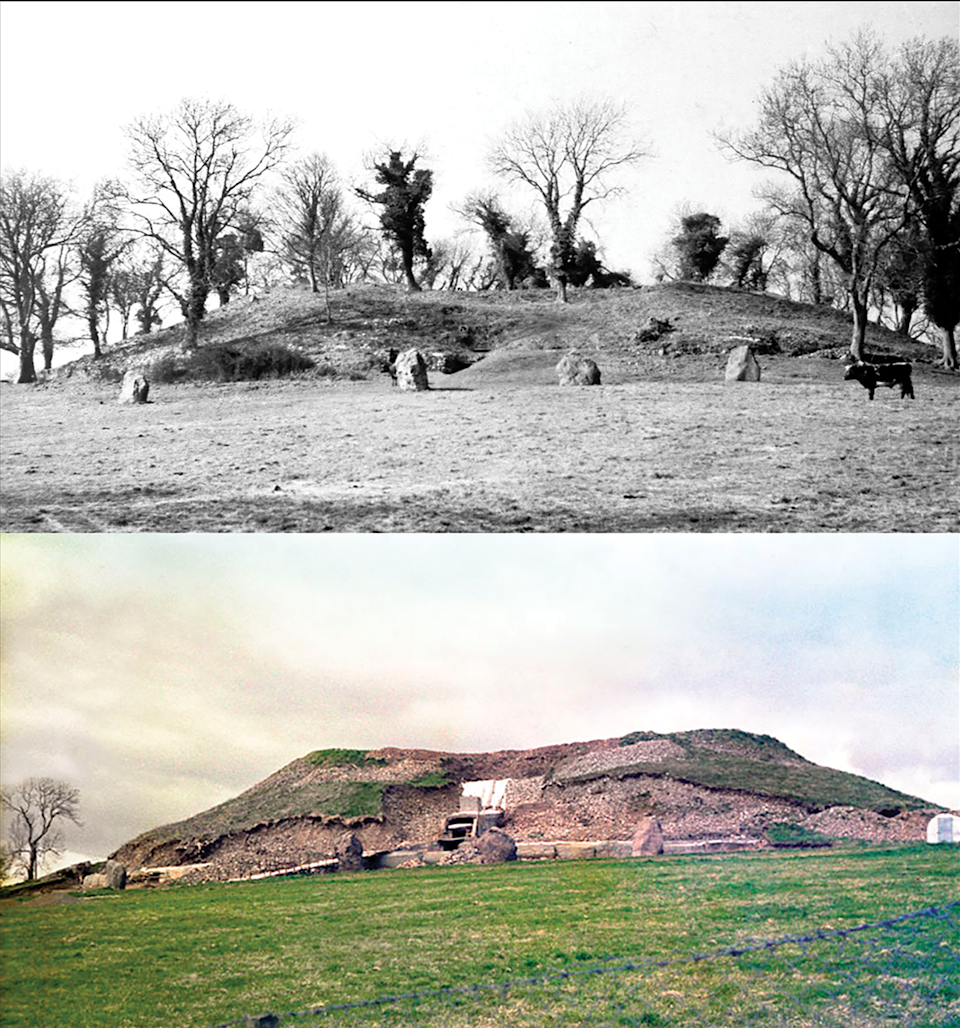Revisiting the Incestuous God-Kings Hypothesis: New Research Challenges Neolithic Irelands Social Structure

In 2020, archaeologists in Ireland made a startling discovery at Newgrange, a giant Neolithic burial chamber 30 miles north of Dublin. Genetic analysis of the 5,000-year-old human skull fragments indicated that the man was the product of an incestuous relationship, either between siblings or a parent and their own child. This finding led experts to propose a headline-grabbing theory: Neolithic Ireland was ruled by incestuous royal dynasties, or even “god-kings” similar to those documented in ancient Egyptian and Incan empires.
However, a recent study published in the journal Antiquity by researchers at University College Dublin challenges this hypothesis. The study argues that the Newgrange god-king hypothesis does not hold up to closer scrutiny and that the genetic clustering found among the bones in specific passage tombs more typically reflects distant biological relations such as second cousins and even great-great-great-grandparents.
Archeologist Jessica Smyth, one of the latest study’s co-authors and an associate professor at University College Dublin, disagrees with the idea that the burials at Newgrange were determined by lineage or royal dynasty. Instead, she believes that the burials were potentially along more communal, egalitarian lines.
“People were definitely being selected for burial in passage tombs—the whole community does not end up in these monuments,” Smyth explained in a statement. “However, we don’t know the reasons behind this selection, and why they were thought to be special.”
Smyth and her colleagues also point out that a deceased person’s remains were treated differently during Neolithic Ireland than they are today. Bodies were broken down, sometimes cremated, and even circulated around their communities before they ended up in megalithic monuments.
The study authors contend that a one-off example of incest is a shaky foundation on which to reconstruct an elite, let alone a specific social hierarchy. They argue that focusing so exclusively on forms of stable, individual rule in Neolithic Ireland and elsewhere may incorrectly further the myth that only important males were socially relevant.
“It doesn’t make sense to continue to focus so exclusively on forms of stable, individual rule, when the evidence is insufficient to support such claims,” they wrote. “It downplays the contribution made by collective action in the prehistoric past.”
In conclusion, while the initial discovery of the incestuous relationship at Newgrange generated a lot of attention and speculation about Neolithic Ireland’s social structure, further research suggests that this may be a misconception. The burials at Newgrange may have been determined by more communal and egalitarian factors rather than by lineage or royal dynasty.
The recent research reexamining the Incestuous God-Kings Hypothesis offers fresh insights into societal dynamics in Neolithic Ireland, challenging longstanding assumptions about social structure through innovative approaches and data analysis.
The paper's Revisiting the Incestuous God-Kings Hypothesis challenges prevailing narrative on Neolithic Irish social structure with fresh research perspectives, opening up new avenues for understanding interrelatedness between kinship and political power.
This in-depth review of the Incestuous Gods hypothesis in prehistoric Irish society provides a much needed nuanced perspective, challenging former assumptions about Neolithic social structures whilst unearthing new research that contributes to our underpinning knowledge and understanding.
The reexamination of the Incestuous God-Kings Hypothesis, with new research insights into Neolithic Ireland's social structure provides a fascinating account that shedds light on previously unexplored dynamics in prehistoric societies.














